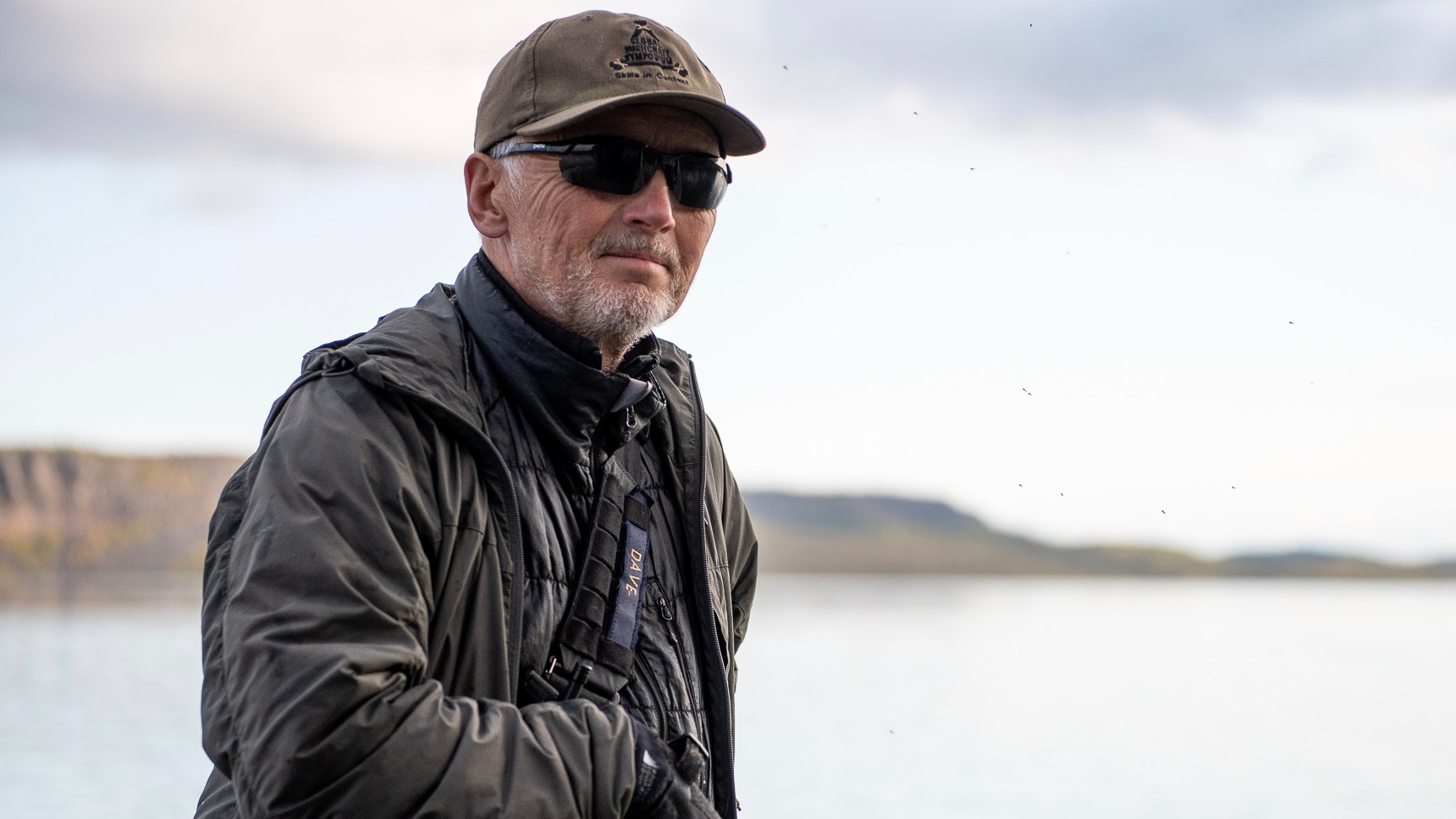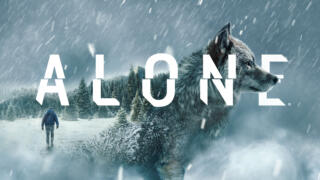What was that Season 4 red-button alert about?
Shannon slipped on wet seaweed, fell on a log and really injured his back. He said he’d lost sensation in his feet—which had us concerned about possible paralysis. As we were administering our first-aid protocols out there, it was raining cats and dogs, and we were trying to keep him dry and prevent hypothermia. The rescue helicopter had a real challenge flying in because we were on a very narrow beach and all the trees were overhanging it. The pilot was amazing. We put Shannon on a stretcher and flew him to the hospital. Thankfully, it was nothing permanent, just very bad bruising.
How are participants protected from unwanted animal encounters?
Everyone gets a safety pack with a whistle, life jacket, bear spray, air horn, bear bangers (like flares), strobe light and signal flare. So far, when participants use these tools—and follow the protocols we train them in—the bears run away. But if they don’t, and become problematic, there’s that red button. A response team is usually no more than 45 minutes away.
How frequent are in-person check-ins?
After early check-ins, to ensure they’re settling in and using their cameras correctly, we go around every 20 days. We try to extend that period in the middle so they can have the true “Alone” experience. We don’t want to disrupt the adjustments they’ve made to being solo in nature. Toward the end, though, we check-in more frequently because people are deteriorating.
What do medical check-ins assess?
We take temperature, weight, blood pressure, heart rate, blood oxygen readings. We’re looking for any injuries, frostbite, digestive or organ issues—also for bleeding gums, damaged teeth, signs of scurvy.
How do you track their mental health?
If we see a change in demeanor or signs of depression or anxiety, we ask directly: “So mentally, how are you doing?” Quite often, people open up and become more emotional.
We’ve learned we have to be really gentle and slow during these checks. If we’re moving too quickly or forget to smile, it can provoke their anxiety that something’s wrong. We try hard to minimize doing anything that might burst their bubble—affecting them and their outcome.
What might prompt a medical tap out?
It’s a huge decision, never taken lightly. If the doctor senses an extreme medical emergency brewing, he might recommend it. In Patagonia, he got concerned about Carleigh. She hadn’t eaten for a long time, she was moving and speaking very slowly, her whole metabolism had slowed, and her weight loss was extreme. The doctor advised us to medically tap her out. She cried, the whole crew cried. It’s emotional for us all. We all become very close.
What about that arrow mishap this season?
Somehow, on Day 4, an arrow had fallen from Cubby’s quiver onto dense vegetation, point up. When he bent over, it pierced him in the upper leg. He pulled the arrow out—but should have left it in. That could have done more damage. After a 20-minute boat ride, the response team hiked into his site and found him in the bush. The paramedic decided there was no worrisome bleeding, so they tightly bandaged it. Fortunately, he was able to walk out, with assistance.

